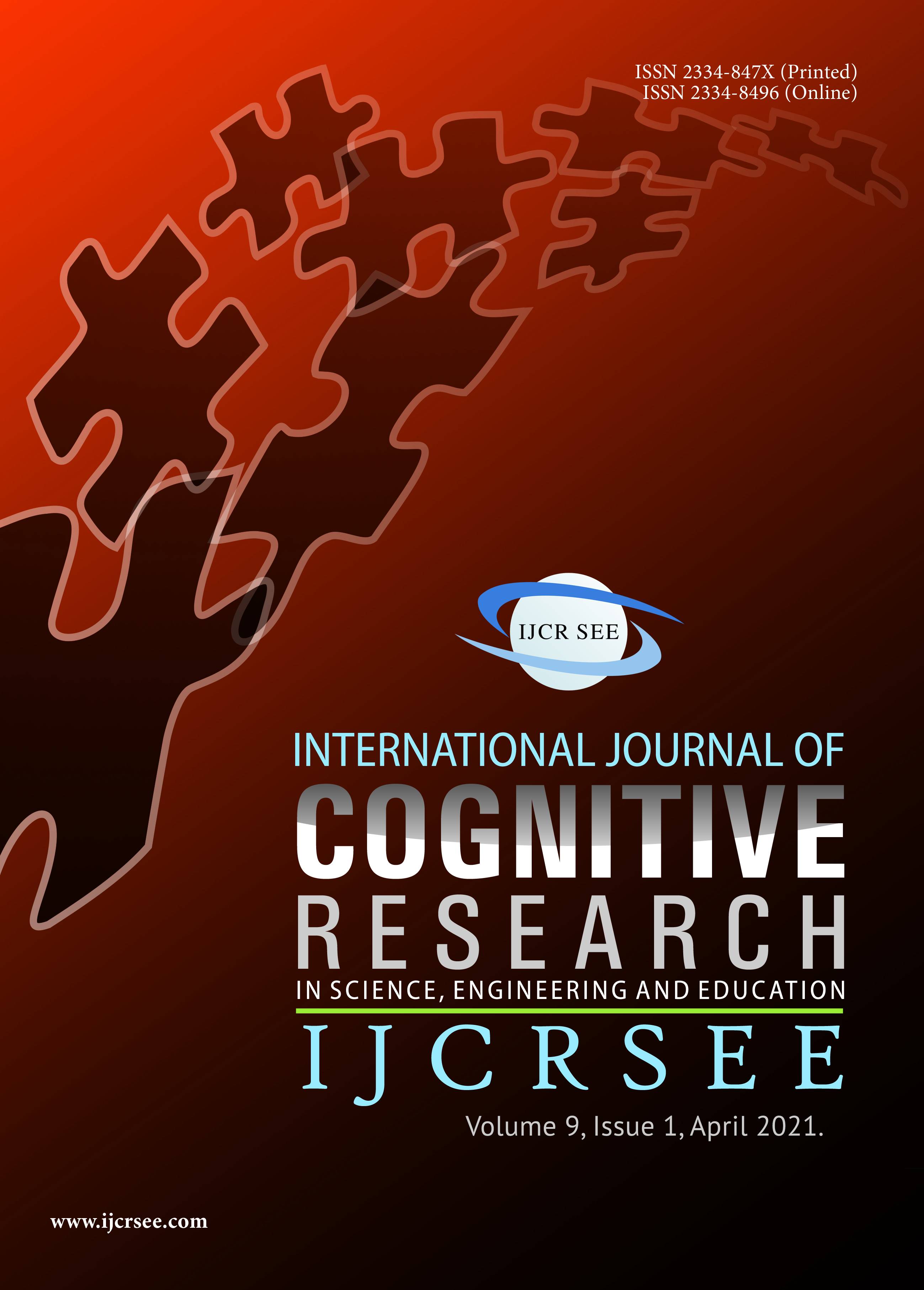The Ratio of Verbal and Nonverbal Components of Individual Cognitive Maps as a Reflection of the Collaborative Thinking Activity of Its Participants
The Ratio of Verbal and Nonverbal Components of Individual Cognitive Maps as a Reflection of the Collaborative Thinking Activity of Its Participants
Author(s): Denis DautovSubject(s): Cognitive Psychology
Published by: Удружење за развој науке, инжењерства и образовања
Keywords: thinking activity; cognitive map; mental map; components of thinking activity
Summary/Abstract: The presented results of the study allow us to determine the ratio of verbal and nonverbal components of thinking activity in solving problems of different types. The novelty of the research is in the use of individual cognitive maps made on the results of collaborative thinking activity in the study of possible combinations of symbolic (verbal) and figurative (nonverbal) components of internal thought processes implemented in different conditions. The study included two methodological blocks. The first of them is diagnostic. It consisted of four tasks (a verbal task with one solution, a verbal task with multiple solutions, a nonverbal task with one solution, a nonverbal task with multiple solutions), as well as a cognitive map based on the results of solving these tasks. The second block is mathematical and statistical, including the Kruskal-Wallis H-test, the Mann-Whitney U-test, and the Fried-man chi-square test. The study sample consisted of 80 students of the Don State Technical University. As a result of the study, it was found that cognitive maps created with time constraints significantly outperform cognitive maps created without such restrictions in terms of figurative, symbolic abstractness and symbolism. Cognitive maps created without time constraints significantly outperform cognitive maps created with time constraints in terms of imagery. In general, the predominance of the verbal or nonverbal components of thinking can vary significantly, but the general trend towards the predominant character of the imagery of thought processes remains.
Journal: International Journal of Cognitive Research in Science, Engineering and Education (IJCRSEE)
- Issue Year: 9/2021
- Issue No: 1
- Page Range: 51-62
- Page Count: 12
- Language: English

